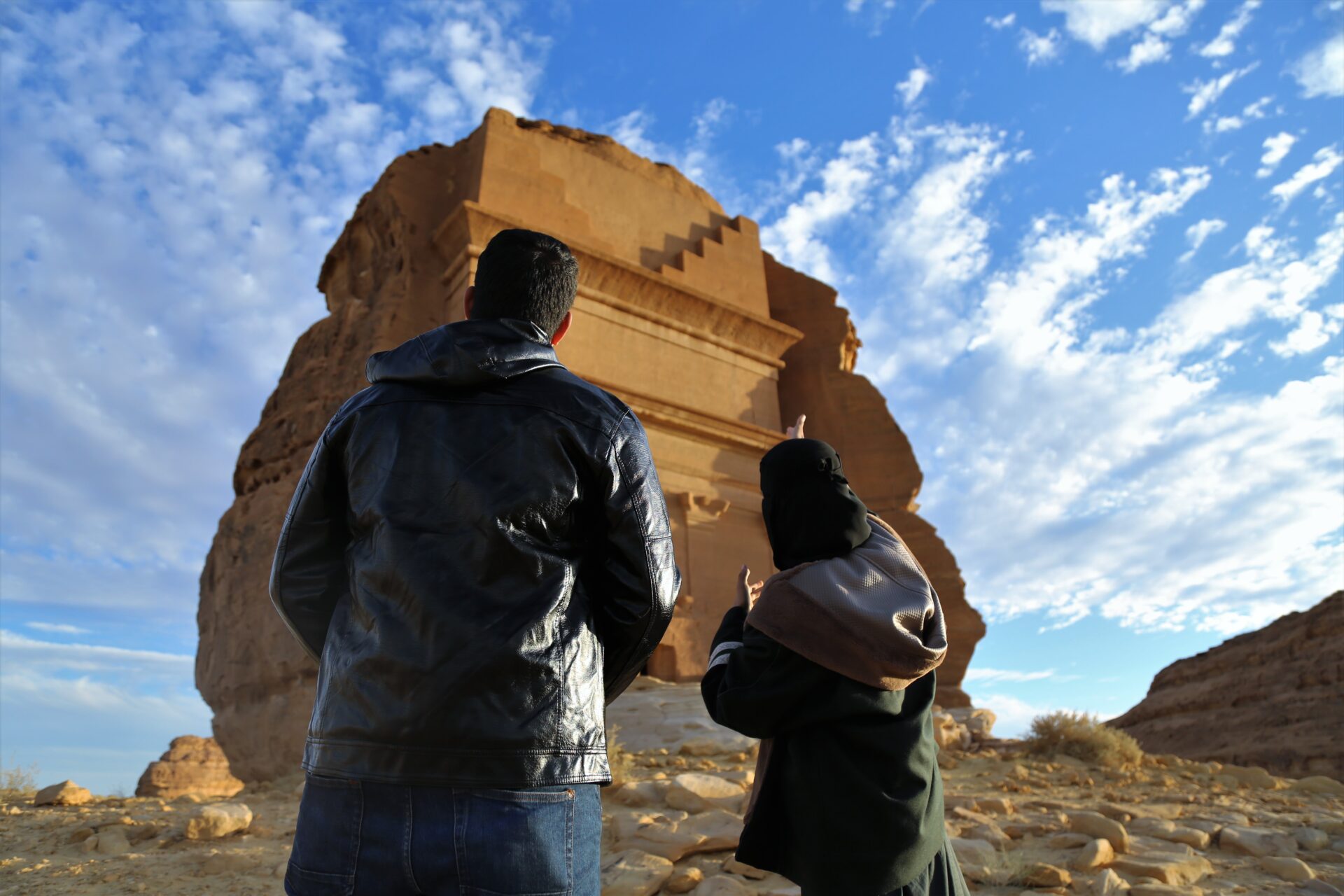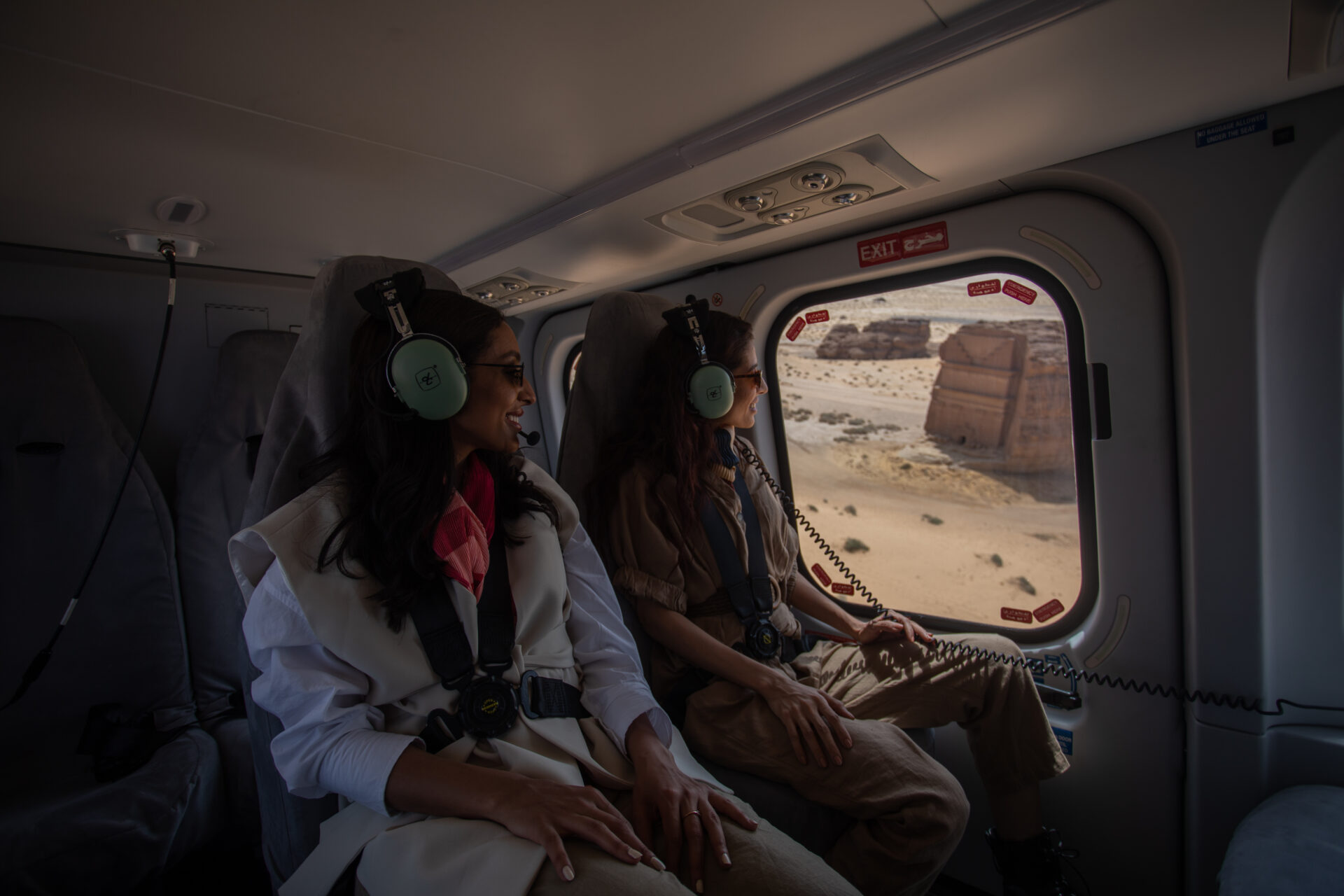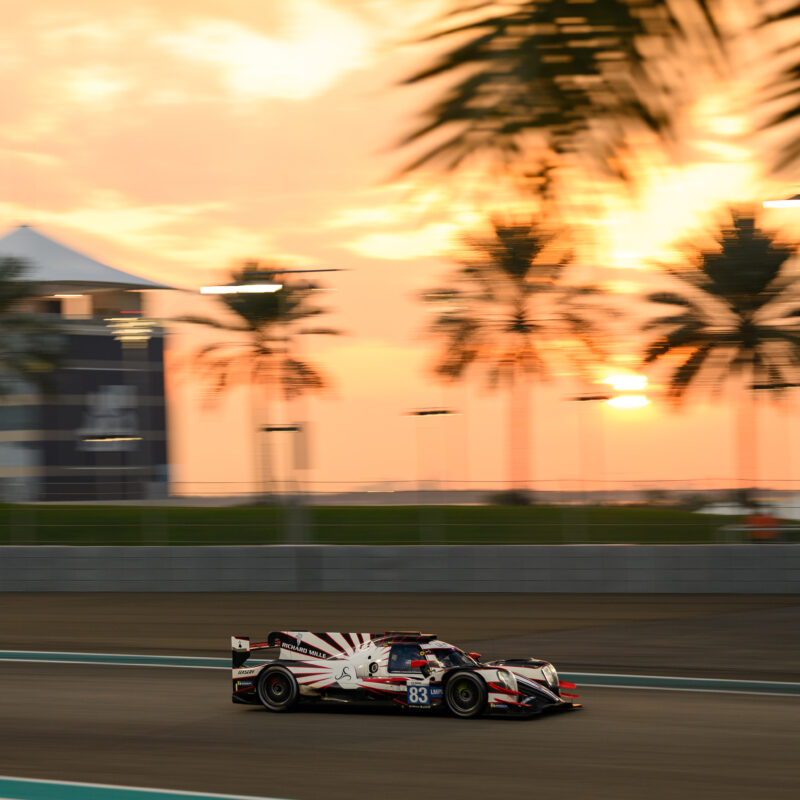
How an ancient region in Saudi Arabia is being reborn as a hub for culture and tourism
AlUla, once considered lost to mankind, is now taking its place as one of the world’s ancient wonders
It was long one of Saudi Arabia’s best-kept secrets — even among Saudis themselves — the ancient region of AlUla, known only to those living in its proximity and a few archaeologists and scholars.
Situated in the Hijaz region in the northwest part of the kingdom, the AlUla Valley is home to two millennia of history that, until recently, was one of the great forgotten treasures of antiquity. From around the fourth century BCE to the first century CE,, the Nabataeans, a settled tribe of nomads and merchants created a flourishing kingdom in both Petra, Jordan, and Hegra, AlUla’s ancient city. The AlUla Valley and Hegra, now a UNESCO Heritage site, served as a vital place for trade and commerce, developed along the ancient incense and spice road — one of the most important trading routes in the Arab world — running north to south along the west side of the Arabian Peninsula, linking Arabia and India to the Levant, Egypt and the Mediterranean.
In his 1888 work Travels in Arabia Deserta, British poet and explorer Charles Montagu Doughty, who was one of the few foreigners who traveled to the region at the end of the 19th century, offered a vivid glimpse of the desert region and its striking rock formations. “Little remains of the old civil generations of el-Héjr, the caravan city; her clay-built streets are again the blown dust in the wilderness. Their story is written for us only in the crabbed scrawlings upon many a wild crag of this sinister neighbourhood, and in the engraved titles of their funeral monuments, now solitary rocks, which the fearful passenger admires, in these desolate mountains.”
Access to this once-forgotten region changed when Saudi Arabia opened to international leisure travelers in September 2019, granting tourist visas to the country, which for years was closed off to visitors. Today, thanks to social media and numerous marketing campaigns, it is hard not to have become familiar with AlUla’s curvaceous sand dunes, anamorphous red rock structures, famous “Elephant Rock” — a gigantic rock formation in the shape of an elephant, where visitors can watch an unforgettable sunset, the 110 remarkably well-preserved tombs set into the rock formations with their ancient architectural structures featuring elaborate facades cut out of the sandstone outcrops surrounding AlUla’s walled urban settlement —akin to those found also in Petra. Now, a host of contemporary art projects, such as Desert X, featuring a land art exhibition every two years, and Maraya, a mirror-covered concert hall (also the largest mirrored building on earth, according to Guinness World Records) hosting such stars as Andrea Boccelli and, most recently, Alicia Keys, among many other attractions.

(Courtesy: AlUla)
The AlUla Project, as it has been dubbed, is a plan to transform this ancient region into a global tourist experience under the direction of the Royal Commission for AlUla (RCU), a Saudi government body established in July 2017 to preserve and develop AlUla. It is also a cornerstone of Vision 2030, a strategic framework to transform the Gulf nation economically and socially, open itself to the world and wean its dependence off crude oil. RCU will contribute SAR 120bn in growth to the kingdom’s GDP by 2035 through its various development projects, much of which will be invested into the local AlUla economy. To achieve this, RCU has engaged the local AlUla community in its various projects through the Hammayah Program, in which 2,500 residents train to be advocates for AlUla’s natural and human heritage.
“The tourism sector is key to the kingdom’s Saudi Vision 2030, as one of the tributaries of diversifying sources of income,” Philip Jones, chief destination marketing officer at The Royal Commission for AlUla (RCU), told The Circuit. “The kingdom is creating a series of world-leading regions for tourism, from the Red Sea to Neom and beyond. AlUla has the advantage of being the first of the major infrastructure projects to welcome visitors and is already giving back to the economy. The Journey Through Time (JTT) masterplan was initiated by the Royal Commission for AlUla (RCU), outlining the ambitious plans for five districts and 15 cultural assets, 38,000 new jobs and 2 million visitors per year.”
In October 2020, AlUla reopened its doors to visitors as a year-round destination, offering its four key heritage sites for visitors to access, including Hegra, Saudi Arabia’s first UNESCO World Heritage Site; Dadan, one of the most developed first-millennium BCE cities of the Arabian Peninsula; Jabal Ikmah, often referred to as the “open-air Library,” offering insights to ancient beliefs, rituals and practices of everyday life.
The fourth site is AlUla Old Town, which opened early in 2021 for the first time to visitors, and is quickly transforming into a new hub for art and culture in the kingdom; it houses contemporary galleries such as Athr Gallery, one of Saudi Arabia’s foremost art galleries, and the Design Gallery, opening in the Art Square located in AlJadidah, a new vibrant hub for restaurants and shops centered around five distinct squares — Art Square, Gathering Square, Muayada Square, Oasis Square and Qanat Square — each with its own unique atmosphere. It is located on the edge of AlUla Oasis and overlooks AlUla Old Town, itself the site of a refurbished Incense Road market hosting several local retailers, cafes and restaurants as well as Sigg Art Residency Program, the first privately run art residency in AlUla founded by Swiss art collector and longtime Saudi resident Pierre Sigg.
While the lure of discovering ancient desert lands and archaeological attractions as well as contemporary art and culture are central to the AlUla Project’s vision, the goal of the effort is also to transform the ancient region into a primary luxury destination in Saudi Arabia. The region, which is 22,500 square kilometers (9,000 square miles), approximately the same size as New Jersey, is now home to five-star accommodations, including the Habitas, a trailblazer in sustainable hospitality, located just five minutes away from the Desert X site, which opened in late November 2021. Nearby is Caravan by Habitas, where guests can stay in a luxury Airstream. Future hotels include Aman Resorts, which is opening three new properties in AlUla in 2023: an upscale tented camp, a resort inspired by local architecture and a ranch-style desert resort. A Banyan Tree resort will also open in the fourth quarter of 2022 in AlUla’s Ashar Valley.
“AlUla’s positioning allows it to attract and host high-spending individuals from around the world and the kingdom itself and be a key generator for the kingdom’s tourism-related revenue,” added Jones.

(Courtesy: AlUla)
While AlUla is rapidly transforming into one of the Middle East’s most sought-after travel destinations, its development is being done with utmost care — with a focus given to preserving the local traditions of the AlUla community and assisting the town to develop economically. In April 2021, RCU unveiled a $15bn opportunity for public-private partnerships. By 2035, the wider development strategy for the region is to create 38,000 jobs.
“Our plans in AlUla are all about giving back to the community and creating jobs and opportunities, and we are already delivering on that and will continue to do so as we cement our permanent and seasonal events and attractions,” added Jones.
The goal of attracting 2 million visitors to the AlUla area by 2035 is actually a modest one — a controlled number for such a large land area. Officials don’t want the region to become a mass tourism hub but one tailored to a preservation of the land and local culture, and one in which the ancient idea of AlUla as a crossroads for business and culture is reborn.


